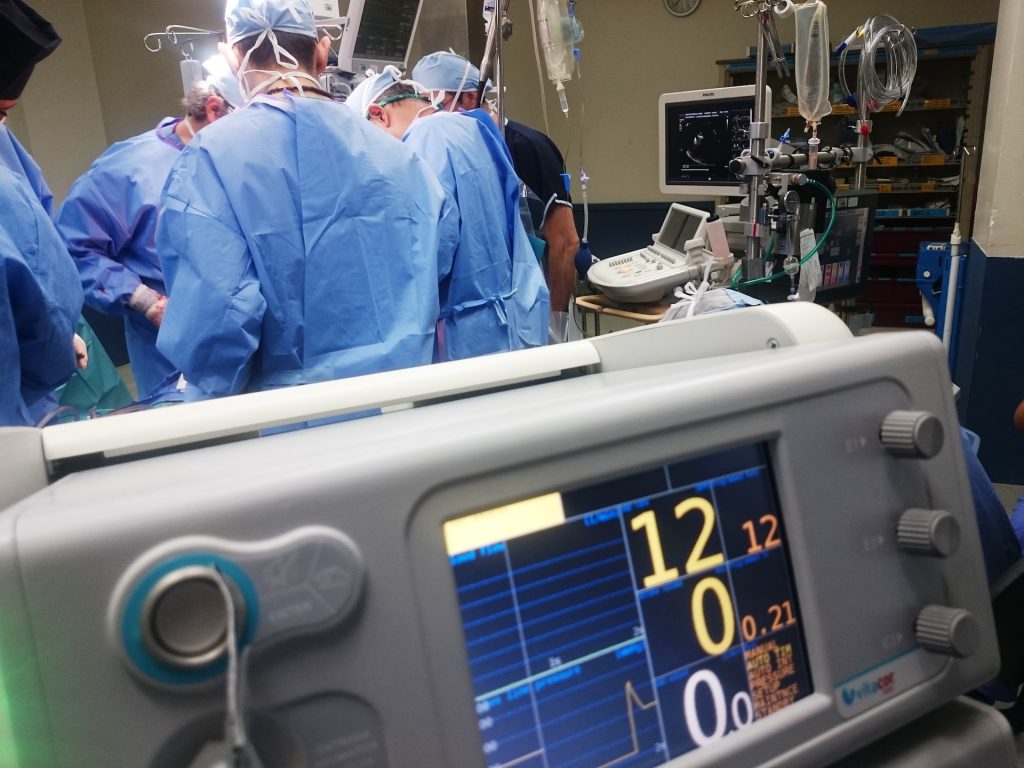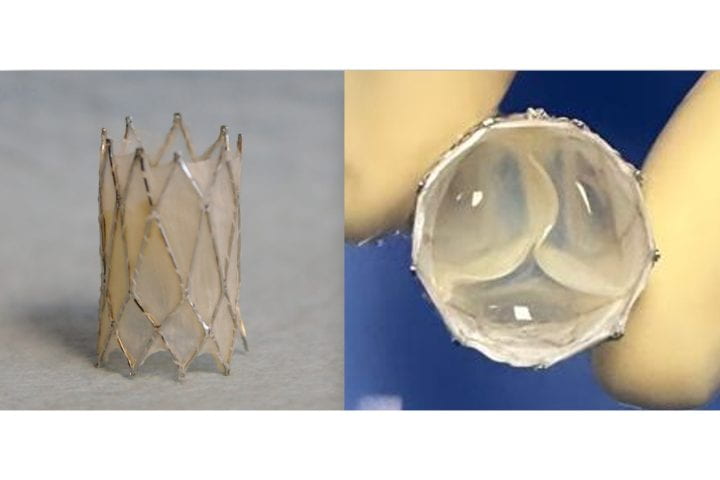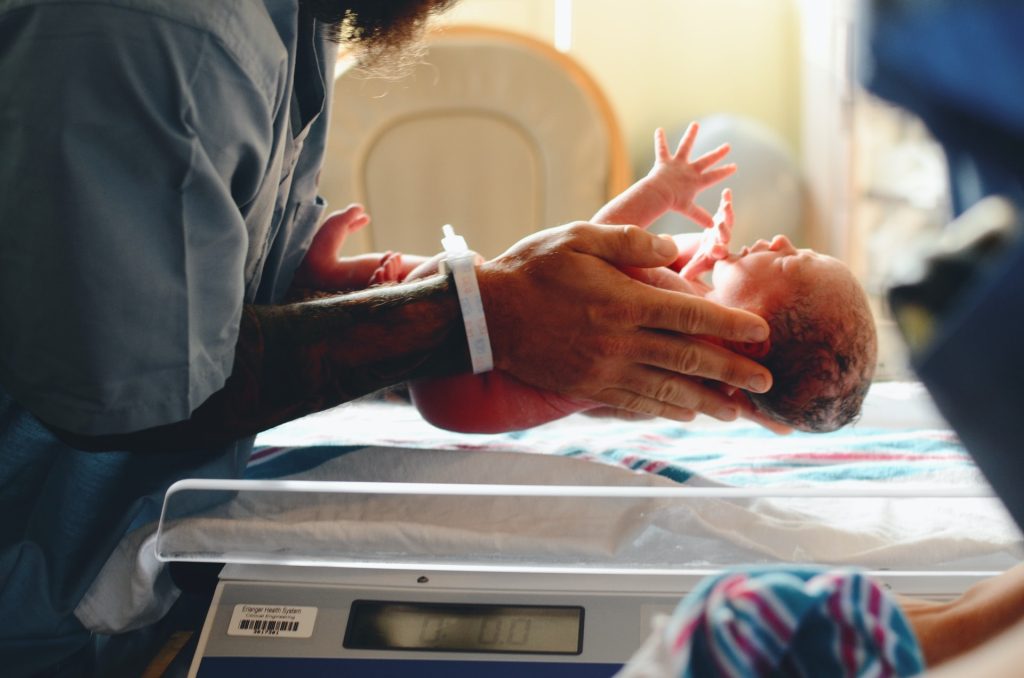Prenatal Exposure to PFAS ‘Forever Chemicals’ Shapes Baby Immunity

New research reveals that tiny amounts of per- and polyfluoroalkyl substances (PFAS; widely known as “forever chemicals”) cross the placenta and breast milk to alter infants’ developing immune systems, potentially leaving lasting imprints on their ability to fight disease.
University of Rochester Medical Center (URMC) researchers tracked 200 local healthy mother–baby pairs, measuring common PFAS compounds in maternal blood during pregnancy and then profiling infants’ key T‑cell populations at birth, six months, and one year. By age 12 months, babies whose mothers had higher prenatal PFAS exposure exhibited significantly fewer T follicular helper (Tfh) cells – vital coaches that help B cells produce strong, long‑lasting antibodies – and disproportionately more Th2, Th1, and regulatory T cells (Tregs), each linked to allergies, autoimmunity, or immune suppression when out of balance.
“This is the first study to identify changes in specific immune cells that are in the process of developing at the time of PFAS exposure,” said Kristin Scheible, MD, an associate professor of Pediatrics and Microbiology & Immunology at URMC and lead author of the study, which appears in the journal Environmental Health Perspectives. “Identification of these particular cells and pathways opens up the potential for early monitoring or mitigation strategies for the effects of PFAS exposure, in order to prevent lifelong diseases.”
Implications for vaccines, allergies, and autoimmunity
Tfh cell depletion helps explain previous findings that higher PFAS levels in children correlate with weaker vaccine responses to tetanus, measles, and other routine immunisations. Conversely, the uptick in Th2 and Treg cells can predispose to allergic inflammation or dampened defences, while excess Th1 activity raises concerns about future autoimmune conditions such as juvenile arthritis or type 1 diabetes.
“The cells impacted by PFAS exposure play important roles in fighting infections and establishing long-term memory to vaccines,” said Darline Castro Meléndez, PhD, a researcher in Scheible’s lab and first author of the study. “An imbalance at a time when the immune system is learning how and when to respond can lead to a higher risk of recurrent infections with more severe symptoms that could carry on through their lifetime.”
Minimising PFAS exposure
Although Rochester’s drinking water meets current safety standards, PFAS lurks in numerous consumer products – from nonstick cookware and food packaging to stain-resistant fabrics and personal care items. The study’s mothers had relatively low PFAS blood levels compared to other regions, yet the immune shifts were pronounced even in this small sample.
While not all environmental exposures can be avoided, families can reduce PFAS contact during critical windows of foetal and infant immune development. “Use water filters, minimise cooking in damaged nonstick pans, switch to alternatives like stainless steel or cast iron, and store food in glass or ceramic containers,” said Scheible. “Small steps can help lower the cumulative burden of exposure.”
The team plans a longer follow-up to determine whether these early T‑cell imbalances persist into toddlerhood and whether they translate into more infections, allergies, or autoimmune diseases. Measuring PFAS in infants directly and unravelling the molecular underpinnings of these immune disruptions are key objectives for future research.
Source: University of Rochester









